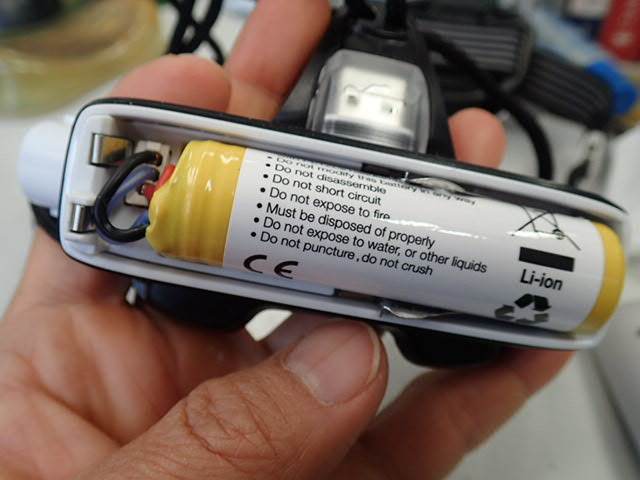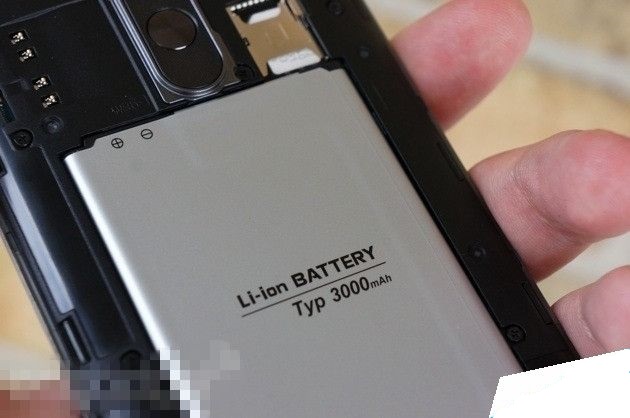
Lithium-Ion Batteries in Modern Electronics Applications
Introduction of Lithium-Ion Battery:
In today’s world of modern science, the emerging technology and its variants are extremely expanding throughout its fields. The most common and exclusive field of science and technology is “Electronics and Electrical Engineering”.
Most of the devices available nowadays in modern electronics, comprises of batteries. These batteries are of two basic types “Chargeable” and “Rechargeable”. Our discussion in this article will focus on Chargeable battery named “Large lithium-ion battery”. “Li-Ion”.
This Lithium ion battery is widely used in variety of EE devices, instruments, machines and products. A lithium-ion battery is a rechargeable battery type. When charging, the lithium ions accelerate towards positive electrode from negative electrode and when discharging the ions accelerate in opposite way.
What is Battery Capacity?
The battery capacity is defined as the amount of current a battery can supply to load continuously in 1 hour. For example. C=100mAh battery can deliver 100mA current for 1 hour continuously to load. However this is not the case in practical. We should not completely discharge the battery to deep discharge because is reduce life and cause ageing problem.
Battery Charge Profile:
Common practice is to charge the battery at 0.5C to 1C rate. Manufacturer recommended is 0.8C. The charging voltage of 3.7V lithium ion battery is 4.2V and that can be delivered easily by a common switch mode power supply of 5VDC output. There are 3 stages to charge profile of li-ion battery. First stage is constant current CC Charging. Second Stage is Constant Voltage CV charging and third stage is standby mode.

Li-ion Battery Advantages:
The lithium ion batteries are known about their high energy density or energy to weight ratio. It means that the energy stored in a very small volume / package. Due to this there is always a risk of explosion due to temperature rise.
These Li-ion batteries are available in large capacities and have slow loss of charge when the device is in idle state. Also when the battery is not connected to any load it gives the maximum output voltage which shows very low series internal resistance of battery
When a device operating on Li-ion battery is in sleep / quiescent mode, then these battery have very low self-discharge rate. Means that the quiescent current is in micro amperes.
Unlike the nickel metal hydride and NiCad Batteries, the Li-ion batteries are better in terms of “Memory Effect”. The memory effect is that in which when a battery is repeatedly charged even when it is not greatly discharged but partially discharged then the Battery assumes a low battery capacity and forgets its maximum charging capacity. This is the case in Ni-MH and Ni-Cd batteries but not in Li-ion.
Disadvantages:
In the recent past, we know that a popular mobile company android mobile just exploded due to the lithium-ion battery swelling/explosion. Hence it is recommended to not overcharge the mobile phone and immediately unplug the charger when charging is around 95%.
The current limit scheme is required in Li-ion battery chargers. The Li-ion battery can degrade and losses its life slow when overcharged. Laptop batteries, Mobile phone battery charging is an example.
Nowadays, due to the recent trade war between US and China, the tariff is applied on mostly Li-ion battery and its associated products. The biggest disadvantage is the cost. It is more costly than its equivalent Ni-MH and Ni-cd battery.

Applications:
The Li-ion battery due to its high energy density property and advantages is increasingly becoming popular in consumer electronics, military purpose and aerospace and defense sectors.
- Military
- In military applications like, unmanned ground vehicle, in which there is a control board and it is remotely controlled by a base station through an RF link. This UGV or robot has the embedded Li-ion battery that supplies enough current to drive DC motors for wheels and supply power electronics. Large batteries in the range of 100s of AH are required.
- Drones are the widely used military weapon in modern electronic warfare. These drones can fly for hours without being able to charge. This is sole because of Li-ion batteries.
- The most important use of large lithium-ion batteries is in “Satellite platforms”. The satellite platform is the one in which solar panels supply energy to the large Li-ion batteries installed on board. These large array of batteries are connected in series and parallel combinations to increase the total capacity of “battery bank”. The battery bank is the term given to the series and parallel combination of large Li-ion batteries to increase capacity.
- Some other devices of military field using Li-ion battery are Thermal Imagers.
- Quad-copters.
- GPS modules, Radios, Microwave electronics.
- Electromagnetic Rail Gun Systems.
- Guided Weapons Electronics.
- Portable Computers memory retention systems.

- Consumer Electronics:
- Mobile Phones: The largest industry of communication electronics is mobile phones, Android smartphones, and iPhones. In the latest mobile phones, these batteries are embedded inside the enclosure and are not easy to dismantle. Hence if we do not follow the proper charging method we may risk our mobile set to explode or Li-ion battery may reduce its life. The battery capacity can vary from 1000mAh to 4000 mAh.
- Laptop Battery: The newest laptops available have the Li-ion battery, while most of the laptops available may also have Ni-cd and Ni-MH. However, in order to maintain long-lasting battery life, we should keep track of the charging method and do not use chargers not meeting the requirements of battery charging. These batteries can range from 5000mAh or more.
Li-ion Battery Charging Considerations:
- Generally, for optimum working, the battery should be charged up to 80% and not discharged below 20%.
- Also, do not leave your gadget/device on a charge late at night.
- Maintain proper cooling system in the room where the Li-ion battery operated the device is placed.
- Use chargers that are supplied by the company and not generic chargers that do not have any protection circuit.
- Wearable Electronics:
- In the department of health care, the rising trend in wearable electronics is evident. So in every wearable we find a small / miniature rechargeable battery which is the Li-ion battery. These have typical capacity of 50mAh.

Conclusion:
In the end, summing it all up we can say that our world saturated with modern electronic devices and the main essential part that plays the role of the blood of these devices is the Li-ion battery. As human being cannot exist without blood so as these devices cannot exist without Li-ion batteries.
